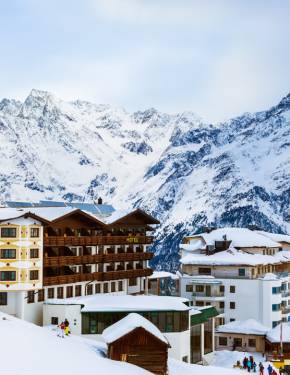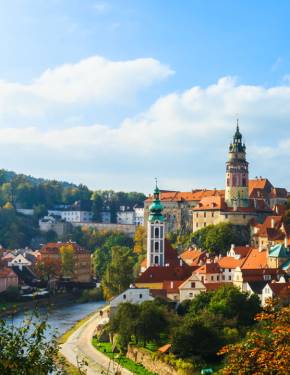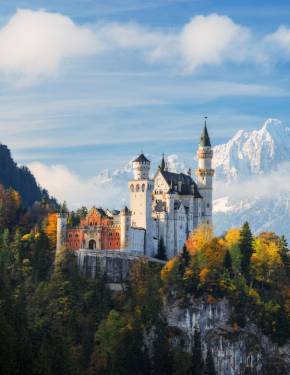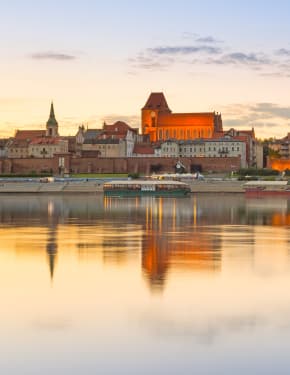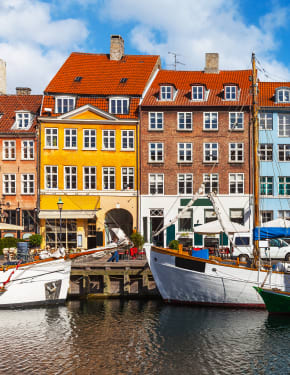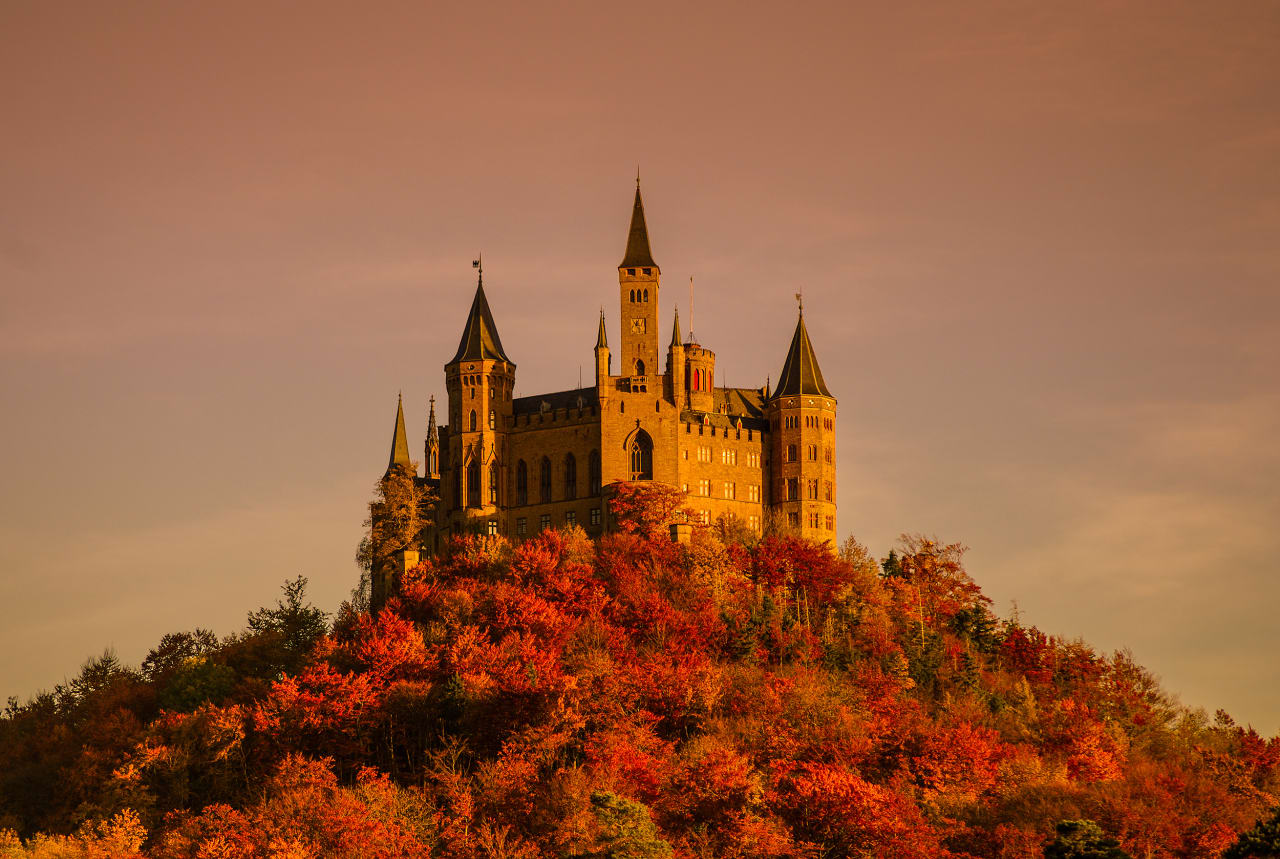
Best time to visit
86 things to do in Germany

New Year's Ski Jumping (Neujahrsskispringen)
Share the best ski jumping moment at the Olympic Ski Stadium in Garmisch-Partenkirchen with over 30,000 winter sports enthusiasts

Berlin Festival of Lights
Witness one of the most spectacular events in Berlin and immerse yourself in the magnificent light art!

Rock am Ring and Rock im Park
Two huge rock events at the same time and almost in the same place? Yes, please!

Ostermünde
Open spring season with Easter celebrations in Travemünde, a small German seaside town

Maypole (Maibaum)
Check out this significant occasion to celebrate with local folklore groups and all the villagers dressed in their most exquisite traditional costumes

Landshut Wedding (Landshuter Hochzeit) 1475
Immerse yourself in a medieval wedding celebration held in Landshut, Bavaria

Rhine in Flames (Rhein in Flammen)
These amazing firework displays take place at several locations along the river Rhine

Almond Blossom Along the Wine Route
The arrival of pink and white almond blossoms at the German Wine Route is a sure sign of spring

St. Martin's Day (Martinstag)
Get your portion of family warmth sitting by the Martinsfeuer

Wave-Gotik-Treffen
Watch Leipzig all dressed up in black at the world's largest goth festival

Frankenstein Halloween
Imagine it's Halloween time, and bloodthirsty monsters are by your side!

Fasching, Karneval and Fastnacht in Germany
Experience the vibrant German version of Mardi Gras, filled with music, parades, and festivities!

Ludwigsburg Pumpkin Festival
Germans are totally into pumpkins. You can check it out at the largest pumpkin festival in the world

Bayreuth Festival
Feel the atmosphere of the most prestigious opera festival dedicated to a single composer–Richard Wagner

Kiel Week (Kieler Woche)
Don't miss a chance to observe a long line of hundred-year-old sailing vessels

Gamescom
All passionate gamers flock to the most remarkable video game fair in Europe!

Berlin Biennale
Every other year numerous Berlin venues turn into contemporary art galleries
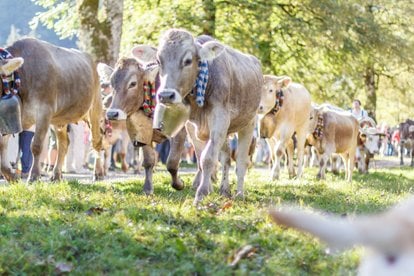
Viehscheid
A unique event held annually in Bavaria. When cows come back home, the locals greet them and celebrate their return

Floating Beer Garden (Isar Floßfahrt)
Enjoy a journey on a traditional raft with music, dancing, and lots of fun
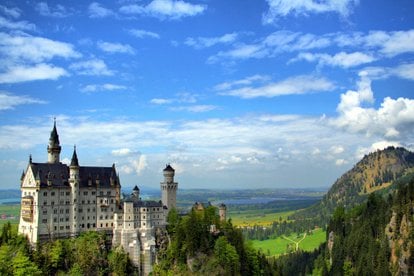
Castles and Nature
Bavaria is a country of castles and you'll have the chance to discover all of them
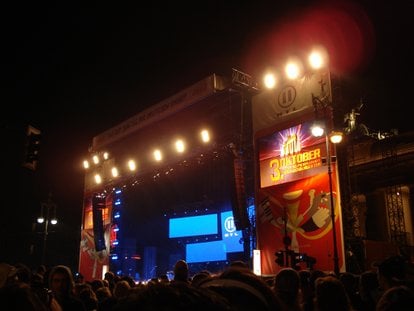
Day of German Unity
Berliners celebrate the national holiday with a festival around Brandenburg Gate

Oktoberfest
The most famous beer festival in the world welcomes everyone to enjoy Bavarian culture, rivers of beer, and great traditional cuisine

New Year's Eve, or Silvester
Berlin is one of the best destinations in Europe for celebrating New Year's Eve

Climbing
Enjoy classical and sport routes, via-ferratas, and some bouldering suitable for climbers of any experience level

Skiing at Zugspitze
The highest mountain in Germany presents an unforgettable view

Pyronale Fireworks World Championship
Witness a great fireworks competition where international teams try to get recognition from the jury and support from the spectators
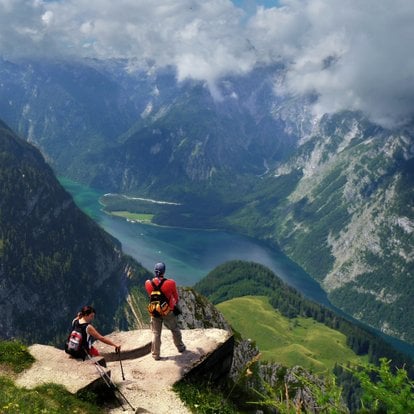
Hiking
Discover and enjoy the beauty of nature and wildlife in this gorgeous Alpine region

CSD Berlin or Berlin Pride
Berlin Pride, referred to as “Christopher Street Day” (CSD in short) features two major events—the CSD Demo March and CSD Finale, a big final rally
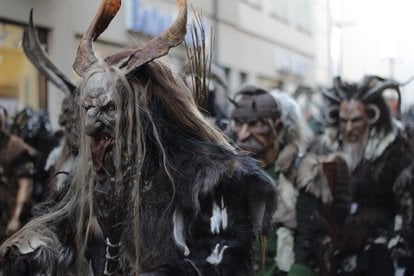
Krampus in Germany
This scary demon can frighten even adults, so be sure you are ready to meet Krampus!
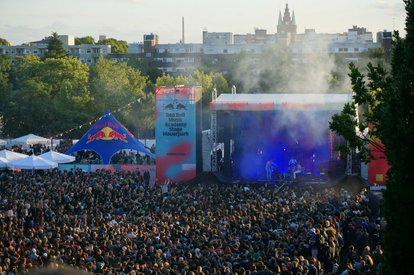
Fête de la Musique (Berlin Open Air Music Festival)
The beginning of summer is a great time to be in Berlin. That's when the Fête de la Musique takes place.

Berlinale (Berlin International Film Festival)
The Berlinale is Berlin's most glamorous film event, which attracts the film industry elite and one of the largest audiences of any global film festival

Carnival of Cultures
See the Berlin streets come to life while the colorful kaleidoscope swirls you in a bright wild dance!

Funkensonntag
Experience the enchanting sight of bonfires reflecting on the river and the magical evening sky in the Allgau region
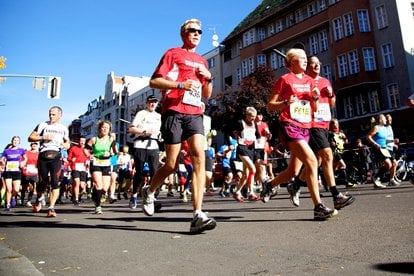
BMW Berlin Marathon
Berlin, the city of runners, hosts one of the most popular marathons in the world

Eltz Castle
This centuries-old medieval castle over Elzbach river is one of the most beautiful in the Rhineland-Palatinate region

Lichtenstein Castle
The iconic fairytale Gothic castle has appeared in movies and books

Christmas Markets in Germany
A German tradition that has spread all over the world

Cologne Carnival (Kölner Karneval)
Over a million people gather to see this colorful spectacle

Frühlingsfest Stuttgart (Stuttgart Spring Festival)
Europe's largest spring festival
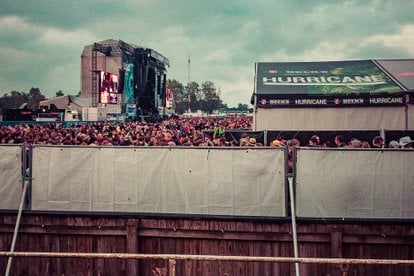
Hurricane Festival
One of the best festivals of rock, indie and electronic music in Germany

About You Pangea Festival
A vivid mix of music, sports, arts, and playfulness

Wacken Open Air
Headbang till sunrise at one of Europe's best heavy metal festival

Summerjam Festival
One of the largest reggae, dancehall and hip hop events in Europe

Japan-Tag Düsseldorf/NRW
The largest festival of Japanese culture outside of Japan

International Motor Show Germany (IAA)
The largest and one of the oldest automobile shows in the world

Mainova Frankfurt Marathon
The second largest marathon in Germany after Berlin

Ballonfestival Bonn
One of the best balloon events in Europe takes place in the green heart of Bonn

New Year’s Eve (Silvester) in Germany
Ready to jump on the bandwagon of Germans who celebrate New Year’s Eve loud and wild?

Warsteiner Montgolfiade Balloon Festival
Visit the jolliest festival in Europe

Cologne Christmas Markets
Explore some of the coziest festive fairs in Germany
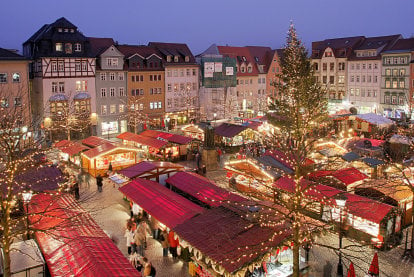
Nuremberg Christmas Market
Don't miss one of the most famous Christmas markets in the world

Dusseldorf Christmas Market
Visit one of the biggest Christmas markets in the world

Dresden Christmas Markets
Step into a world where holiday traditions meet modern festivity, all wrapped in the magic of the season

Aachen Christmas Market
This amazing Christmas market is located near a UNESCO world heritage site, Aachen Cathedral

Rothenburg Christmas Market
Rejoice in this traditional Advent pre-Christmas market that offers plenty of delicious treats, lots of holiday music, and unforgettable atmosphere

Stuttgart Christmas Market
The top Advent attraction in Baden-Württemberg, southwest Germany

Trier Christmas Market
Enjoy Christmas shopping and Advent events in the most romantic setting worldwide!

Bremen Christmas Market
Get into the holiday spirit at one of the best Christmas villages in northwest Germany

Baden-Baden Christmas Market
Nestled in the mountains of the Black Forest, Baden-Baden is a true winter wonderland

Leipzig Christmas Market
Enjoy an ambient atmosphere at Leipziger Weihnachtsmarkt
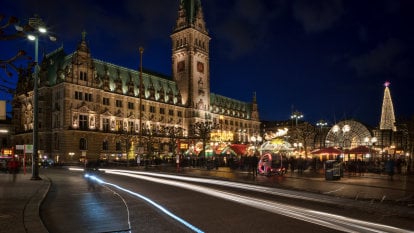
Hamburg Christmas Markets
Some of the best holiday food and entertainment in North Germany

Heidelberg Christmas Market
One of the most beautiful Christmas markets in southwest of Germany

Ravenna Gorge Christmas Market
Ravennaschlucht Christmas Market is a one-of-a-kind Christmas market that will impress you

Esslingen Christmas Market
This annual winter celebration features unique gifts, live music, and lots of entertainment

Koblenz Christmas Market
One of the best seasonal fairs in Rhineland-Palatinate
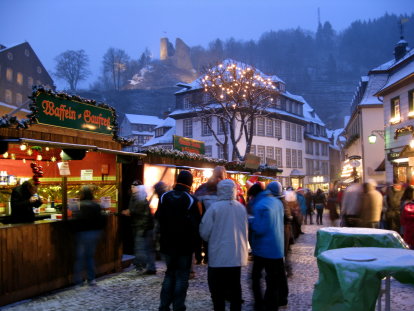
Monschau Christmas Market
The fairytale Christmas market you won't forget

Walpurgis Night (Walpurgisnacht)
A wild pagan celebration, originating from local myths and folklore

Ballonfest Chemnitz
Three days of entertainment, fun, and balloons for the whole family

Kevelaer Hot Air Balloon Festival
The premier ballooning event of North Rhine-Westphalia

MoselBallonFiesta in Föhren
Enjoy hot air balloon launches, races, and glows at one of Germany's largest ballooning events

Balloon Sail in Germany
Discover the thrilling world of hot-air balloons at this highly anticipated festival
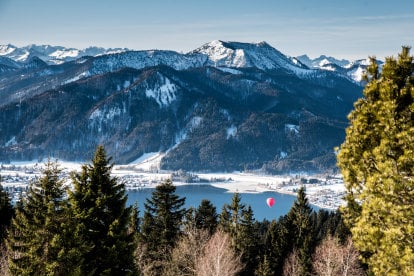
Montgolfiade Tegernsee
Get a bird-eye view of Bavaria's most beautiful valley

Cannstatter Volksfest
The second largest beer festival in Germany

JazzBaltica Festival
Five stages and 30 concerts during one summer weekend by the Baltic sea

Bamberg Christmas Market
While away and feel the Christmas spirit at this one-of-a-kind event

MELT Festival
Dance through the night, experience the unforgettable vibe, and feel the charisma of MELT one last time

Citadel Music Festival
Experience Berlin’s iconic festival with top international artists all summer long

Hive Festival
A 56-hour techno music marathon on 6 stages with over 200 artists

Krampus in Munich
Immerse yourself in a spooky Christmas tradition right in the heart of Munich

Kramperln and Buttnmandl in Berchtesgaden
A Christmas tradition that captivates with its vibrant atmosphere








